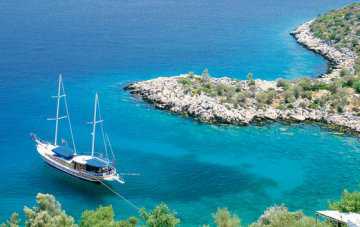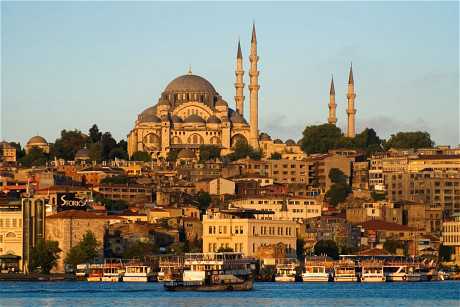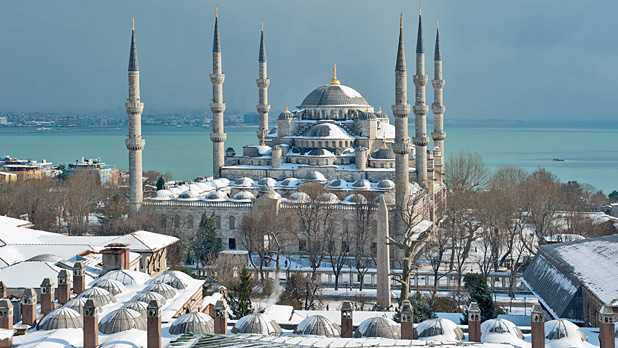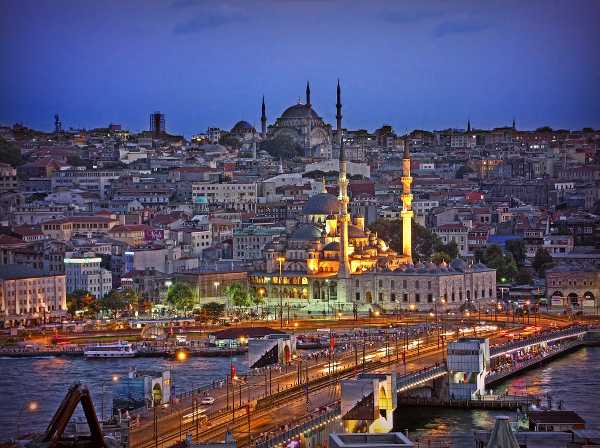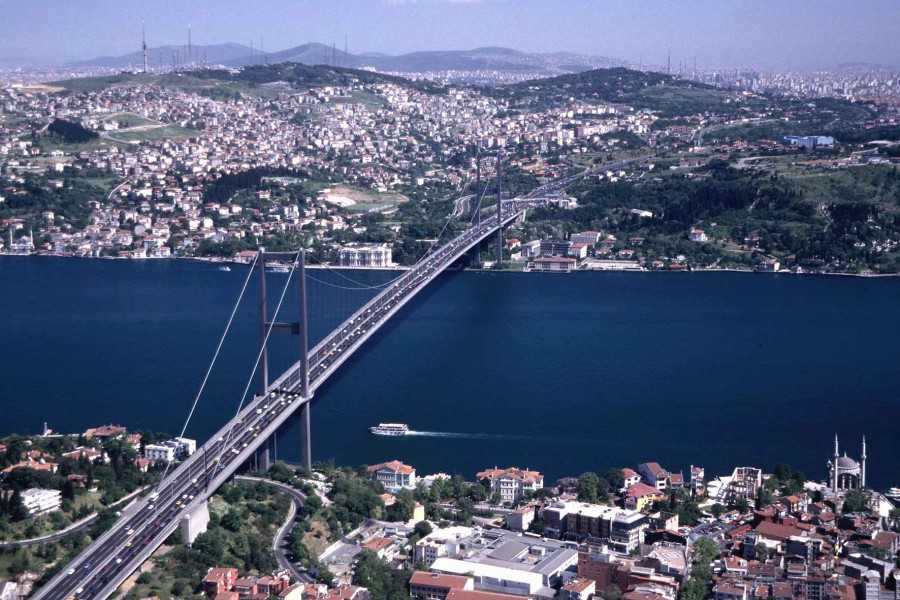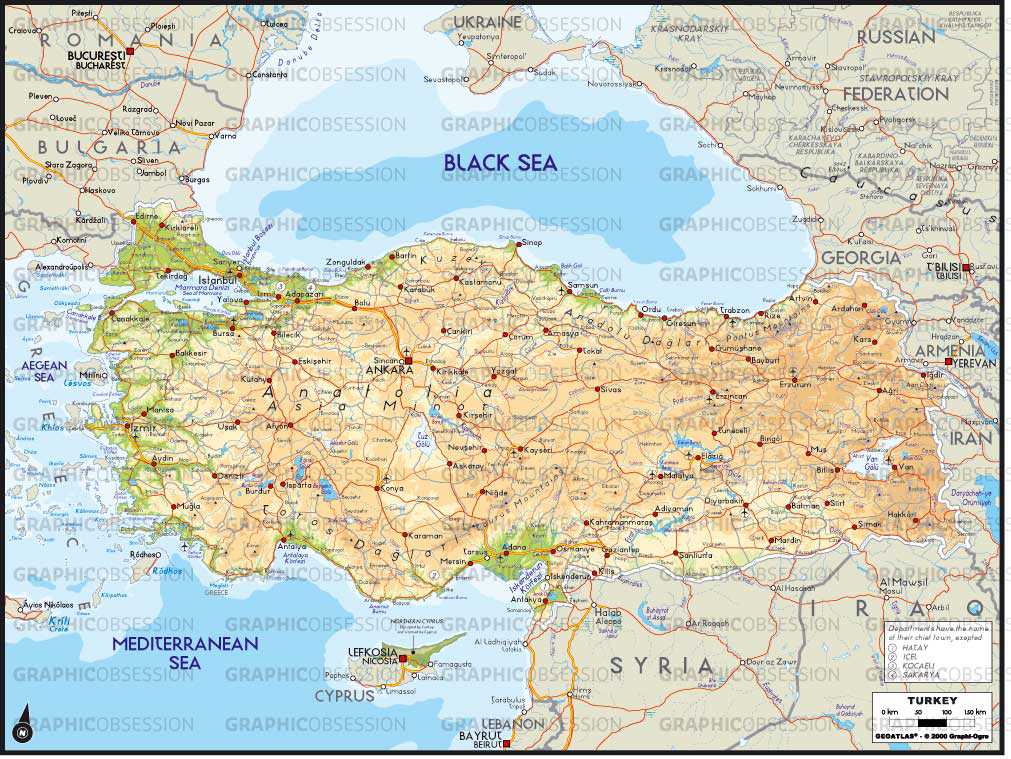The Turkish and Swiss foreign ministers signed on Thursday an annex to a memorandum of understanding in Bern, Switzerland.
During the signature ceremony, Babacan said that two countries were broadening the mechanism of dialogue.
“From now on, we will meet more often to discuss several issues like energy, migration, fight against terrorism, consulate affairs, culture and tourism,” he also said.
In their tete-a-tete meeting, Babacan briefed Calmy-Rey on the militants whom Turkey wanted to be extradited from Switzerland and asked for support.
Babacan expressed Turkey’s concerns over insufficient cooperation between the two countries in countering terrorism.
“Under which name it operates, PKK is a terrorist organization,” Babacan told his Swiss counterpart.
In return, Calmy-Rey said that Switzerland did not have a black list but this did not mean that her country was weak in fight against terrorism, and condemned all types of terrorism.
Calmy-Rey said that her country was not one embracing terrorism, and proposed to set up a regular dialogue between the two countries, send experts to Turkey, and establish a firmer cooperation between Turkish and Swiss justice ministries.
AA
Source: www.worldbulletin.net, 12 September 2008

